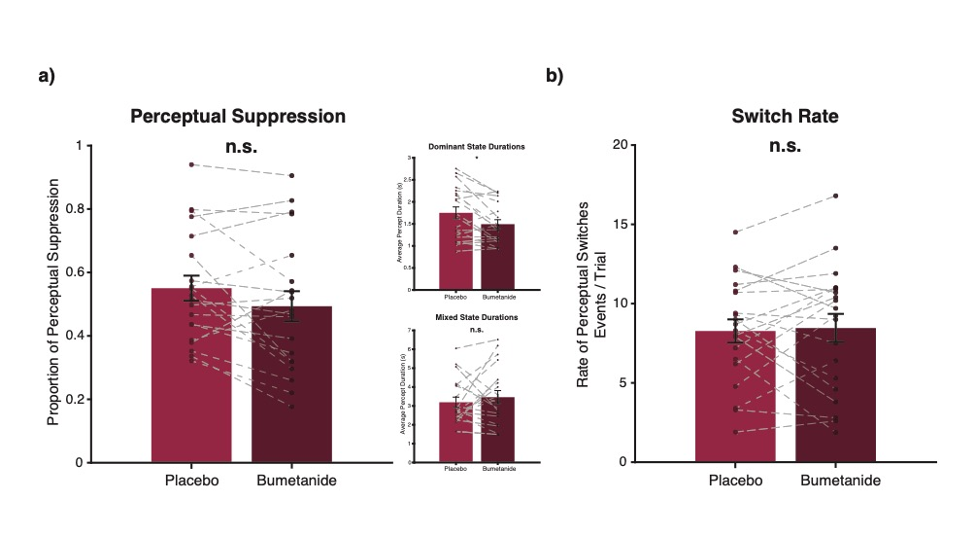




Did you find this useful? Give us your feedback








5 citations
1,147 citations
...Looking forward, a major impediment to drug development in psychiatric research is the lack of robust, objective markers of the underlying targeted neural processes [54, 55]....
[...]
991 citations
...Multiple lines of evidence implicate disrupted E/I balance in the neurobiology of Autism Spectrum Conditions (ASC; autism henceforth) [6–12]....
[...]
816 citations
...4 responsible for Cl- entrance into the cell [20]....
[...]
...Third, although bumetanide demonstrates high specificity as an NKCC1 antagonist [20], NKCC1 is differentially expressed throughout the cortex during development [49, 50], and becomes increasingly present in the PNS throughout maturation [51]....
[...]
...At low concentrations, bumetanide has a high affinity to block NKCC1, thereby reducing intracellular chloride concentration and, by proxy, altering GABAergic action potentials [14, 20]....
[...]
669 citations
...Excitatory and inhibitory (E/I) activity is balanced in neural systems at multiple spatial scales [1, 2], and this balance is thought to be critical for typical neural function [3–5]....
[...]
614 citations
...Rivalry is a simple visual phenomenon that is modeled to rely on the on the balance of inhibition and excitation in visual cortex [25–30]....
[...]